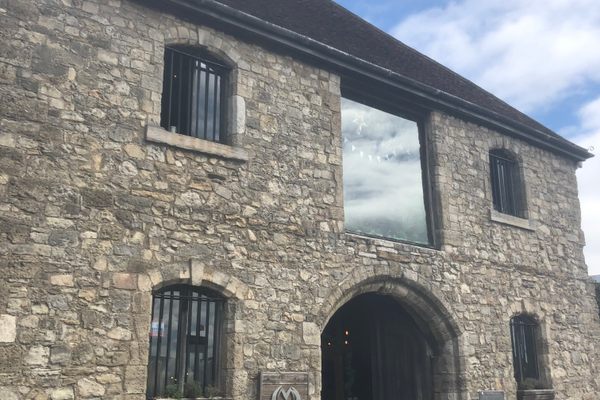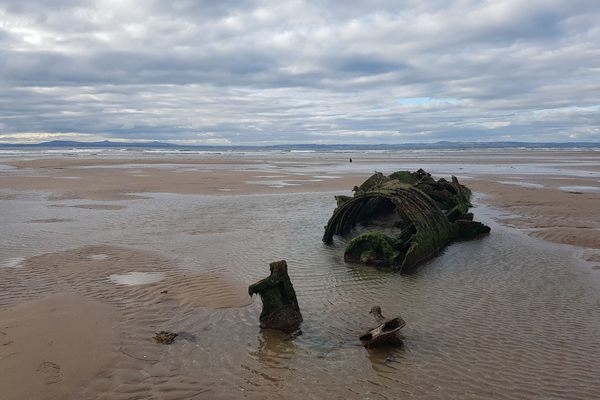Mulberry Harbour Wreckage
Some of the last remaining relics of one of World War II's most important invasions.
D-Day has become remembered as one of the most important days in history. The incredible tale of the combined Allied forces fighting back against the Axis powers as they swept across Europe has become a cornerstone of history. On the western shore of Southampton Water, relics of the D-Day are slowly being worn away to the sea.
Small concrete bulks, known as “beetles,” were part of giant floating piers used to offload the mass of vehicles and supplies onto the French Coast. These giant concrete piers were called Mulberry Harbours and their engineering was nothing short of incredible. While some Mulberry Harbour relics survive around the U.K. coastline, the sheltered waters of Southampton Water have allowed a few pieces to survive in relatively good condition along the shoreline, while remaining fairly accessible.
Half-buried into the shingle just north of Hythe, these concrete bulks are now used to protect the coastline from further erosion. An additional couple of wrecks, one made of concrete, the other made of wood, have joined the Beetles in their final resting place on the shorefront.
According to New Forest knowledge, these beetles along the waterfront were surplus supply and so were used as coastal defense. While they weren’t involved in the D-Day landings directly, this doesn’t prevent the fact that they are the same ones made for the very purpose of D-Day and have survived fairly well as relics of the massive effort to take Europe back from the Axis powers.
The future of these wrecks is less certain, Associated British Ports, who operate the Port of Southampton, own massive amounts of land between Marchwood and Hythe, directly where the wrecks are located. Despite the land being designated an area of Special Scientific Interest, as the Port of Southampton continues to welcome larger and larger ships and the necessity to expand port operations looms ever-closer, it is likely that in the not-too-distant future, these wrecks will face the possibility of removal and even demolition.
While we can’t possibly tell what the future holds, the wrecks are still here for now, tucked away in a quiet corner of the Hampshire coastline.
Know Before You Go
The wrecks are accessible by a public footpath, parking will not be easy.
















Follow us on Twitter to get the latest on the world's hidden wonders.
Like us on Facebook to get the latest on the world's hidden wonders.
Follow us on Twitter Like us on Facebook